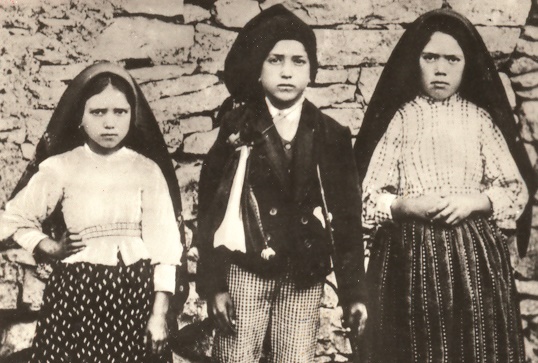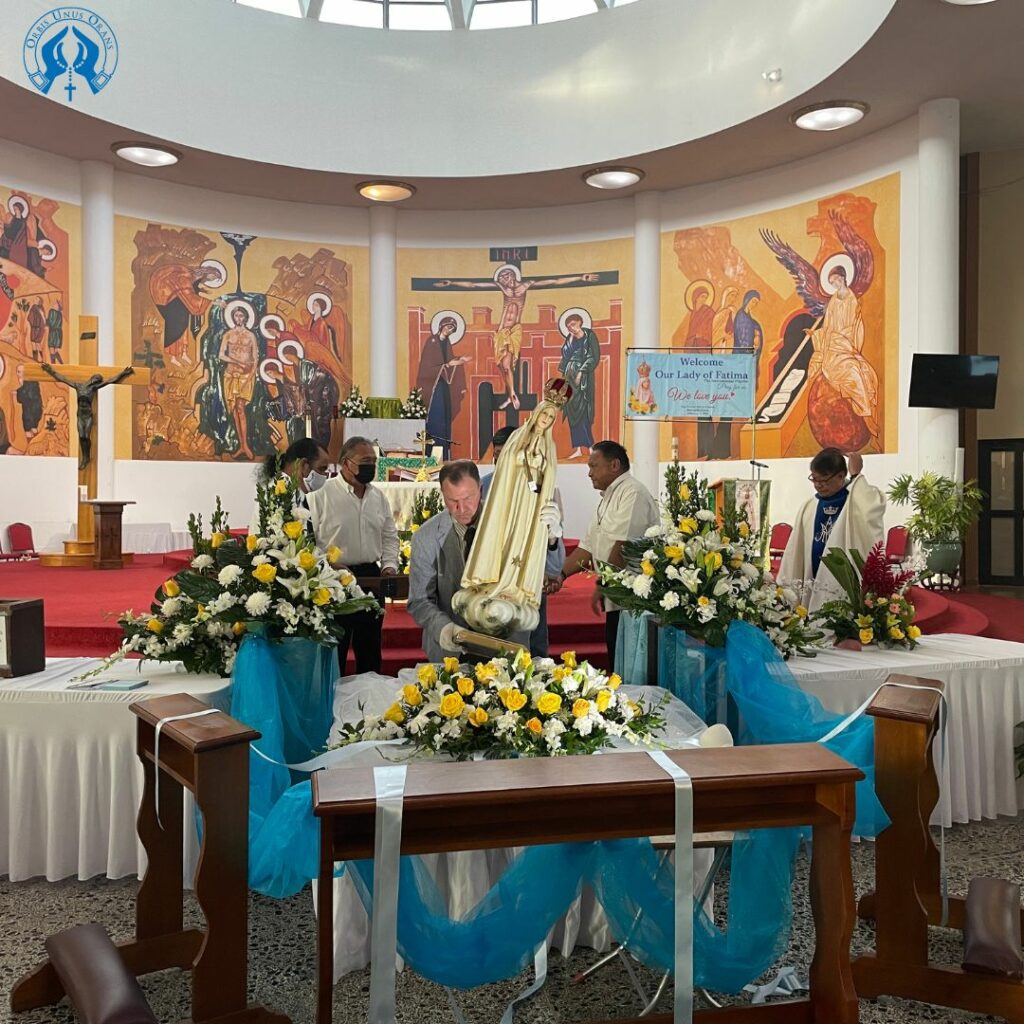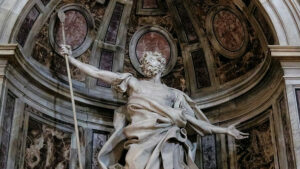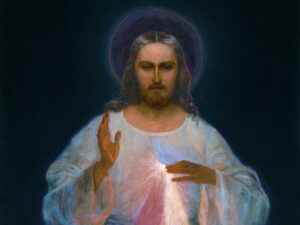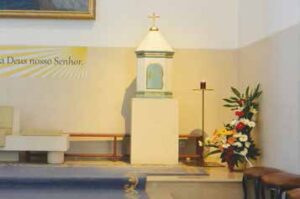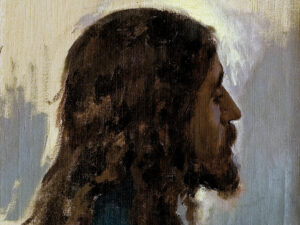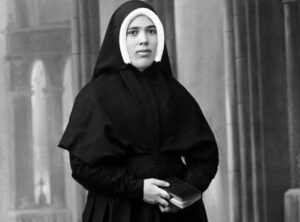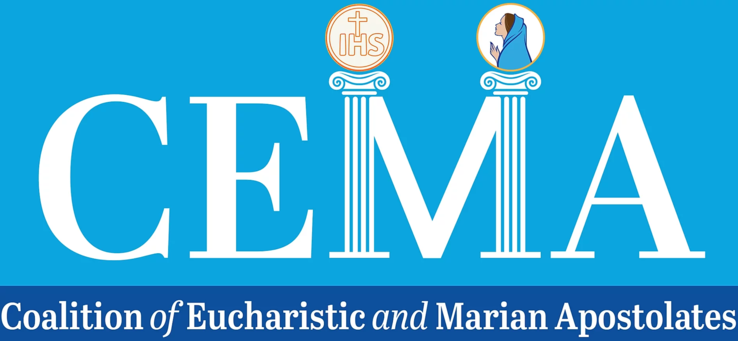
by Donal Anthony Foley –
The COVID-19 coronavirus is a new threat to our society, but mankind has faced even more serious ones in the past, including the Black Death in the 14th century, when between 30-60 percent of Europe’s population fell victim to the Bubonic plague. Later, in the 19th century, a cholera epidemic ravaged Europe at the same time that St. John Bosco – popularly known as “Don Bosco” – was building up his Salesian Order, which would do so much for Catholic education around the world.
The cholera epidemic struck Italy hard in 1854, with a death rate of up to 60 percent. Turin, where Don Bosco’s Oratory was located, was badly affected. The saint had told his pupils in advance about the disease, but comforted them by saying that they would be safe if they followed his advice; this was to avoid sin, have recourse to prayer, and in particular, to wear a blessed Marian medal.
In fact, Don Bosco had a profound devotion to Our Lady under the title “Mary Help of Christians,” which was also the name he gave to the basilica that he had built in Turin between 1865 and 1868 as an act of great devotion to the Blessed Virgin. He was one of the towering spiritual figures of his era, and both a miracle worker and a trusted confidant of Pope Pius IX. As one of the greatest saints of the 19th century, he was ultimately responsible for as many as 6,000 priestly vocations and his Salesian Order grew to be one of the largest in the Church.
Don Bosco is also famous for the numerous prophetic dreams he experienced, starting when he was only 9-years-old. In his first dream, he was in a field where children were playing and some of them were cursing. He attempted to stop them, but a gracious man appeared and identified himself as the Son of the one whom his mother had taught him to pray to, that is Our Lady. He told young John to win them to good behavior with gentleness and kindness. Then the man told him that he would give him a teacher, that is, the Blessed Virgin, who then appeared before him as a majestic lady and told him about his future life as a great educator. In time, after many struggles, Don Bosco was ordained and became a great promoter of Marian devotion.
One of his most famous dreams is that of the Two Columns, which portrayed in symbolic form the course of future persecutions of the Church. Don Bosco saw a great ship, captained by the pope, being attacked by numerous enemy ships amidst a terrifying storm. After many struggles, the pope was able to steer the ship to where it was tied between two enormous columns, one surmounted by a Host and the other by a statue of Our Lady with the inscription “Help of Christians,” after which the storm gave way to a great calm – in other words, an end to the persecutions and a time of peace for the Church.
Don Bosco drew from this dream the great importance of devotion to the Blessed Virgin and frequent Communion. One can also see a connection to Our Lady’s prophecy at Fatima that in the end, her Immaculate Heart would triumph and a period of peace would be given to the world.
When the cholera epidemic that Don Bosco had prophesied struck Turin in the summer and autumn of 1854, the city authorities set up “lazarettos” – temporary hospitals – to deal with the victims of the disease. But they found it almost impossible to staff them, such was the general dread of cholera.
On the evening of Saturday, Aug. 5, the feast of Our Lady of the Snows, Don Bosco spoke to his pupils of Our Lady’s powerful intercession in combating the disease and her advocacy as the Mother of Mercy, who alone could help them. He advised them that the best means of protection against it was a good confession and Holy Communion received worthily. He promised that if they did that and remained in a state of grace, then not one of them would be stricken by the disease.
Later on, when Don Bosco and his priests became involved in caring for the victims of the disease locally, he went even further. He spoke of the misery of the many cholera victims, and how there had been deaths because there was no one to care for them. He then asked for volunteers from among his pupils to help him in this work. As a result, over 40 of his boys volunteered to assist him.
They were given basic training in nursing and put to work in very demanding conditions. They were divided up into groups and given various tasks, including helping in the lazarettos, helping victims in their homes and searching out those who had been abandoned by their relatives.
Don Bosco was their model in all this, with his great devotion to the sick and dying. But even so, to their everlasting credit, the youngsters had to overcome a great repugnance in dealing with the victims of the outbreak, who would often be contorted with pain and dreadful convulsions, and foaming at the mouth. This work went on for over two months and left the boys completely drained. Finally, the worst of the cholera outbreak was over, and just as Don Bosco had promised, not one of the boys had caught the disease.
The lesson for us is surely that the best antidote to the coronavirus, or similar threats to health and life, is to remain in a state of grace, pray with fervor, and in particular, to have a real devotion to the Blessed Virgin. This devotion can be expressed practically in the wearing of the Brown Scapular or a blessed medal dedicated to her, such as the Miraculous Medal, and by praying the Rosary, the prayer she emphasized so much at Fatima.
St. John Bosco was canonized on April 1, 1934 by Pope Pius XI.
Donal Anthony Foley is the author of a number of books on Marian Apparitions, and maintains a related web site at www.theotokos.org.uk. He has also written two time-travel/adventure books for young people, and the third in the series is due to be published later this year – details can be seen at: http://glaston-chronicles.co.uk


